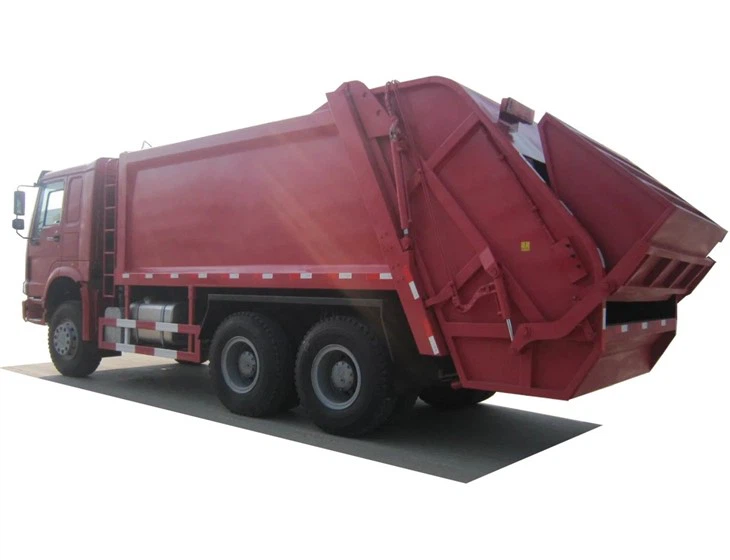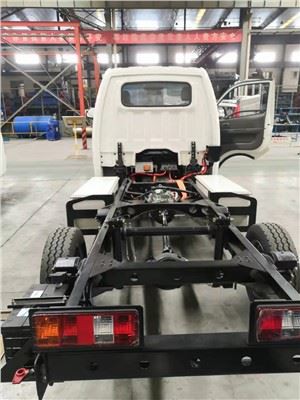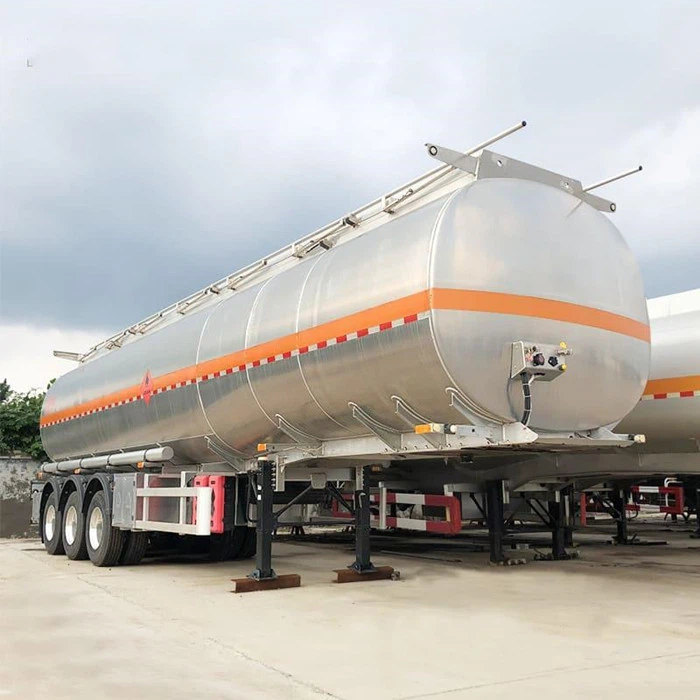Understanding 10 Wheel Truck Load Capacity: A Comprehensive Guide

Introduction
When it comes to transporting goods efficiently, understanding load capacity is crucial, especially for 10 wheel trucks. These trucks are often the backbone of the logistics and transportation industries, offering a robust solution for moving heavy loads. In this comprehensive guide, we will delve into the specifics of 10 wheel truck load capacity, exploring various factors that influence it, common uses, and practical examples. By the end of this article, you will have a complete understanding of how to maximize the load capacity of 10 wheel trucks.
1. What is a 10 Wheel Truck?
A 10 wheel truck, also known as a tandem axle truck, typically features five axles with two wheels each. These trucks are designed for medium to heavy-duty tasks and are commonly used in construction, waste management, and freight delivery. Understanding how these trucks operate is key to maximizing their load capacity.
1.1 Truck Types and Configurations
10 wheel trucks come in various configurations, including:
- Dump Trucks: Primarily utilized in construction to transport loose materials like gravel or sand.
- Box Trucks: Enclosed trucks often used for deliveries, providing protection for the goods inside.
- Flatbed Trucks: Ideal for transporting heavy machinery or oversized items.
2. Load Capacity Basics
Load capacity refers to the maximum weight a truck can safely carry. For 10 wheel trucks, this can vary based on several factors. The Federal Highway Administration (FHWA) and individual state regulations often guide load capacity requirements.
2.1 Gross Vehicle Weight Rating (GVWR)
GVWR is a key factor in determining load capacity. This rating includes the weight of the truck plus any cargo and passengers. For a typical 10 wheel truck, the GVWR often ranges from 26,000 to 33,000 pounds.
2.1.1 How GVWR is Calculated
To calculate GVWR, manufacturers consider:
- Chassis weight
- Axle configurations
- Brake system capabilities
2.2 Payload Capacity
Payload capacity represents the maximum weight a truck can carry as cargo alone. This is calculated by subtracting the truck’s tare weight from its GVWR. For example:
- If the GVWR is 33,000 pounds and the tare weight is 17,000 pounds, the payload capacity would be 16,000 pounds.
3. Factors Affecting Load Capacity
Several factors influence the load capacity of 10 wheel trucks:
3.1 Truck Specifications
Different trucks have varying specifications that determine their load capacity, including:
- Axle design
- Engine power
- Chassis materials
3.2 Tire Ratings

Tires play a critical role in load capacity. Each tire has a maximum load rating, and exceeding this rating can lead to tire failure. Always check tire specifications before loading.
3.3 Load Distribution
Proper load distribution is vital for safe transport. A well-distributed load helps maintain vehicle stability and prevents tipping or swaying during transit. Aim for:
- Even weight distribution across all axles
- Centering heavy items over the axles

4. Practical Examples of Load Capacity
Understanding real-world applications can help clarify load capacity concerns:
4.1 Example 1: Construction Site
A 10 wheel dump truck is loaded with sand at a construction site. The truck’s GVWR is 30,000 pounds, and its empty weight is 15,000 pounds:
- Payload capacity = 30,000 – 15,000 = 15,000 pounds
- The driver ensures the truck is not overloaded by checking the weight of the sand before loading.
4.2 Example 2: Freight Transport
A box truck is used for delivery. Its GVWR is 26,000 pounds, and the tare weight is 13,000 pounds:
- Payload capacity = 26,000 – 13,000 = 13,000 pounds
- The driver assesses the weight of the cargo to ensure compliance with regulations.
5. Tips for Maximizing Load Capacity

Follow these tips to maximize the load capacity of your 10 wheel truck:
5.1 Maintain Proper Maintenance
Regular inspections of tires, brakes, and load-bearing components ensure safe operation and compliance with capacity limits.
5.2 Utilize Weight Distribution Tools
Consider using weight distribution tools or scales to ensure loads are balanced across axles. This aids in safe driving and prevents damage to the truck.
5.3 Know Local Regulations
Stay updated on local transportation regulations regarding load limits and road usage. Compliance is essential for avoiding fines and ensuring safety.
6. Legal Considerations and Regulations
Transportation regulations vary by state and federal laws. Companies must comply with weight restrictions to prevent legal issues:
6.1 Overweight Permits
In some cases, overweight permits can be obtained to allow for heavier loads. However, these permits come with strict requirements and additional fees.
6.2 Weight Stations
Trucks are often required to stop at weigh stations. Understanding these processes can help avoid fines and ensure safety compliance.
7. Common Uses of 10 Wheel Trucks
10 wheel trucks serve various industries and purposes, including:
7.1 Construction
These trucks are often used to transport materials such as asphalt, concrete, and heavy equipment.
7.2 Waste Management
10 wheel trucks play a crucial role in the collection and transportation of waste materials to disposal sites.
7.3 Freight Delivery
Companies rely on 10 wheel trucks for local and regional freight transport, offering versatility and efficiency.
8. Future Trends in Truck Load Capacity
As technology evolves, the future of truck load capacity may include:
8.1 Electric Trucks
Increasingly, electric trucks are being developed with innovative designs and load capabilities that may exceed traditional fuel-powered trucks.
8.2 Advanced Monitoring Systems
Technological advancements allow for real-time load monitoring, helping drivers optimize their capacity and ensure compliance.
9. Conclusion
Understanding the load capacity of 10 wheel trucks is essential for safe and efficient transportation. By considering various factors, proper load distribution, and local regulations, drivers can maximize their trucks’ capabilities and ensure compliance.
FAQ
1. What is the average load capacity of a 10 wheel truck?
The average payload capacity ranges from 10,000 to 18,000 pounds, depending on the truck’s specifications and configuration.
2. How can I determine the GVWR of my truck?
The GVWR can usually be found on the manufacturer’s label inside the driver’s side door or in the owner’s manual.
3. Are there any specific regulations for transporting oversized loads?
Yes, oversized loads require special permits and compliance with local regulations regarding travel routes and times.
4. What should I do if my truck is overloaded?
If your truck is overloaded, it’s essential to remove excess weight immediately before continuing to drive to avoid safety risks and legal issues.
5. How often should I inspect my truck for capacity compliance?
Regular inspections should be conducted at least once a month and before long trips to ensure compliance and safety.
6. Can I rent a 10 wheel truck for my business needs?
Yes, many rental companies offer 10 wheel trucks for business purposes, often with flexible rental agreements to suit your needs.
